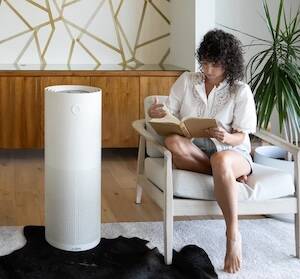
I have not worked in a hospital setting for years now, but when I did I always worried about carrying germs from the hospital to my home. I took great care to ensure that whatever was on my clothing or shoes never made it into the front door of my home. My nursing shoes were placed in the garage and a pair of slippers took their place when I entered the house. I washed my lab coat and scrubs separately in hot water and bleach, and in a hot dryer for 60 minutes.
The Centers for Disease Control and Prevention (CDC) first published guidelines on hospital-acquired infections (also known as nosocomial infections) in 1981. It was reported that an alarming rate of patients across the country were developing hospital-acquired pneumonia. Hospital investigations uncovered two causes for the outbreak: the first was the generic use of large-volume nebulizers, and the second was poor sterilization techniques.
Since that time, many studies have followed suit, tracing other types of infections back to the health care provider. For example, there is a high incidence of bladder infections after the insertion of urinary catheters due to multiple attempts at re-insertion using a contaminated catheter.
Another prevalent hospital-acquired infection is Clostridium Difficile, more commonly referred to as C-Difficile. It is a bacterium found in the intestines and normally kept in check by healthy bacteria. However, infection occurs when healthy bacteria are significantly reduced, providing this opportunistic (and bad) bacteria to grow—causing severe diarrhea, a common symptom. C-Difficile is very contagious, and poor hand washing is normally to blame. Since nurses are likely to care for multiple patients, the risk of spreading this infectious bacterium is significant.
For healthcare providers, the responsibility for another person’s life can be stressful, and caring for upwards of five to eight patients at once can increase the risk of mistakes. As healthcare consumers and patients, it is our responsibility to become more proactive. If you observe a potential breach of hygiene, then respectfully point it out to your caregiver. As well, it is important to realize that although many hospital-acquired infections can be traced back to a health care provider, visitors can also contribute to the spread of disease.
The risk of getting sick while in the hospital seems rather ironic, since the reason people go to the hospital is to get well. To reduce the incidence of hospital-acquired illness, adopt a conscious hygiene approach. This approach starts at home and includes teaching small children about proper hand washing, especially after using the toilet. While in the hospital, remind all visitors to wash their hands before and after spending time with patients. Lastly, children should never be permitted to sit or play with toys on any hospital floor—just think for a moment about what kind of secretions could have been on that floor minutes before you placed your child on it. By using a conscious hygiene approach, you can help reduce the risk of hospital-acquired infections.




